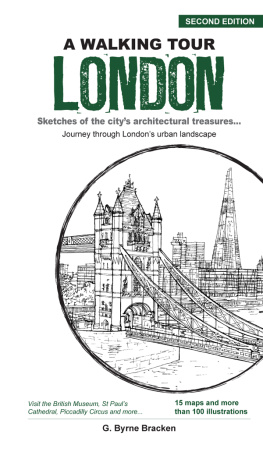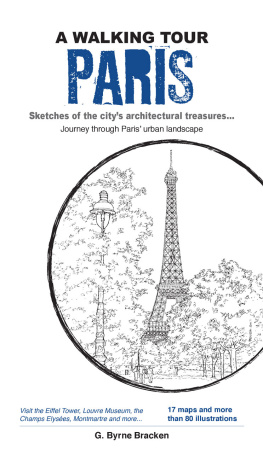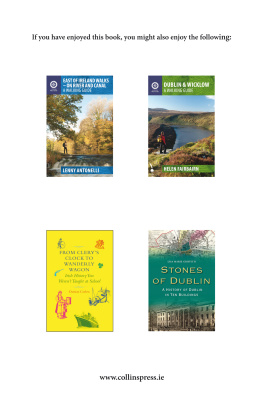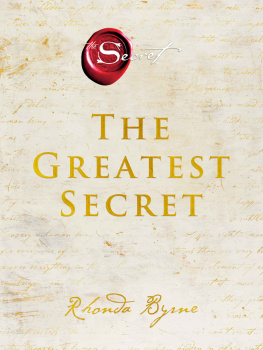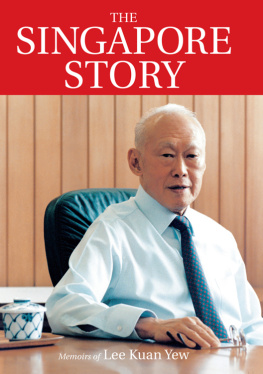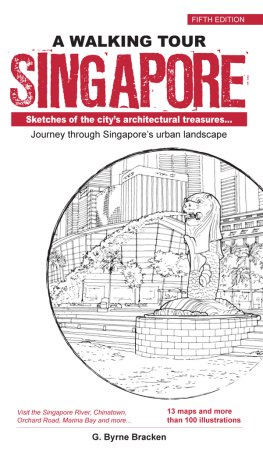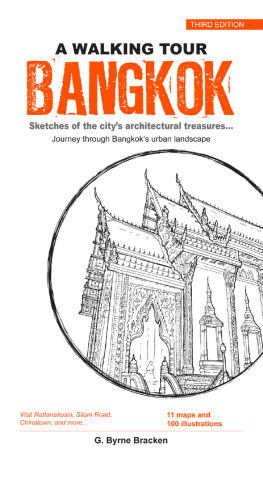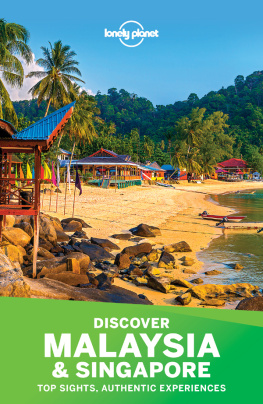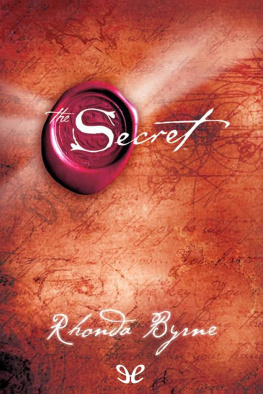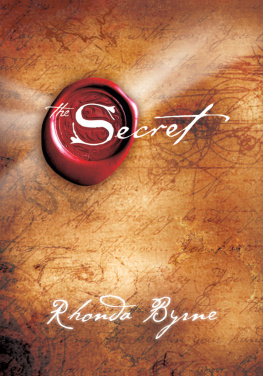A WALKING TOUR
SINGAPORE


All textand illustrations by G. Byrne Bracken
Editor:Cheryl Sim
Designer:Benson Tan
2011Marshall Cavendish International (Asia) Private Limited
Publishedby Marshall Cavendish Editions
Animprint of Marshall Cavendish International
TimesCentre, 1 New Industrial Road, Singapore 536196
Tel:(65) 6213 9300 Fax: (65) 6285 4871
E-mail:
OnlineBookstore: www.marshallcavendish.com/genref
OtherMarshall Cavendish offices
MarshallCavendish International. PO Box 65829 London EC1P 1NY, UK Marshall CavendishCorporation, 99 White Plains Road, Tarrytown NY 10591-9001, USA MarshallCavendish International (Thailand) Co Ltd, 253 Asoke, 12th Floor, Sukhumvit 21Road, Klongtoey Nua, Wattana, Bangkok 10110, Thailand Marshall Cavendish(Malaysia) Sdn Bhd, Times Subang, Lot 46, Subang Hi-Tech Industrial Park, BatuTiga, 40000 Shah Alam, Selangor Darul Ehsan, Malaysia
MarshallCavendish is a trademark of Times Publishing Limited
Allrights reserved. No part of this publication may be reproduced, stored in aretrieval system or transmitted, in any form or by any means, electronic,mechanical, photocopying, recording or otherwise, without the prior permissionof the copyright owner.
eISBN:978-981-4312-97-4
Dedicated to the memory of my aunt anduncle,
Marian and Charles Byrne.
CONTENTS
Acknowledgments
I would like to thank everyone who hashelped me with this book, particularly Cheryl Sim, who has done such awonderful job editing it, as well as Benson Tan for the beautiful work on theart direction. I would also especially like to thank Melvin Neo and ChrisNewson for their support in the Walking Tour series.
Introduction
Most visitors may regard Singapore as agateway to Southeast Asia, or a pleasant layover during a long-haul flight.Those who decide to extend their transit will soon discover that two or threedays are simply not enough to take in the numerous sights of this remarkablecity-state. There is so much to see and do that a week can simply fly by! Notonly is Singapore pleasant, English-speaking, safe and friendly, it also offerssome of Asias best shopping and dining options.
Being about 90 miles from the equator,Singapore is of course a tropical city. Surprisingly, a walkabout is far fromhot and unpleasant. Thanks to the five-foot-ways (covered arcades) that stillline most of the streets in the citys historic districts, as well as lushgreenery planted generously throughout the city and suburbs, Singapore is awell-shaded and pleasant urban environment to walk in. The city centre is alsorelatively compact, with a number of colonial-era gems nestled cheek by jowlwith gleaming skyscrapers conceived by some of the worlds foremostcontemporary architects.
Each chapter in this book suggests a routeto follow, with consecutive trails picking up from where the one before it leftoff. These walks tend to cover one particular area of the city, for exampleLittle India or Orchard Road, the exception being Chinatown which is quitelarge and has been split into two different walks. The buildings and placeslisted are useful suggestions for visiting but dont have to be followed toorigorously. Apart from the usual temples, mosques, churches and museums theresalso information on other places of interest such as restaurants, bars orgalleries, especially if they are located in buildings that boast good views ofthe city.
Be careful when following some of the routesas not all the citys roads have continuous pavement. As the weather isnaturally humid, remember to drink plenty of liquids to keep hydrated. Awelcome respite from the heat can also be found in the many shops, cafs andrestaurants along the various routes. If you intend to explore places ofcultural or religious significance, take note to dress appropriately (i.e. not-shirts and shorts).
It is easy to travel around the city as the publictransport network is excellent, with the added advantage that buses and the MRT(Mass Rapid Transit) are cheap and efficient. Taxis, too, are inexpensive andare especially convenient if you decide to venture away from the more touristytrails. Altogether, Singapore is one of the safest, cleanest and greenestcities in the world, so make the most of your trip while youre there, whetherits for a few days or even a layover of only a few hours.

Notes
A Note on History
Sir Thomas Stamford Raffles planned theoriginal town of Singapore along racial lines, with different areas for therespective races. This plan is still in evidence today with areas likeChinatown, Little India and Kampong Gelam. Chinatown rapidly became the largestarea due to its rapidly expanding immigrant population, most of which came fromChinas South-East coastal provinces. Singapores growth exploded after theSuez Canal opened in 1869 the Chinese population trebled between 1860 and1900. By this time Chinatown was becoming increasingly overpopulated, run-downand squalid, and this pattern was to continue unabated until the newlyindependent government of the 1960s instigated massive housing developmentprogrammes, demolishing huge tracts of the city centre. The demolition of theRaffles Institution (Singapores top boys school) in the 1980s marked aturning point in the preservation of Singapores older and more significantlyhistoric buildings. Old buildings are now refurbished and reused instead ofbeing left to ruin, and this has not only retained much of Singaporesarchitectural charm, but has also created something of an urban renaissance forthe city.
A Note on Climate
Singapore is located one degree north of theequator (about 90 miles) and has an equatorial monsoon climate characterised byuniformly high humidity and high temperatures throughout the year (22-32C).Rain falls throughout the year, but mostly during the northeast monsoon period,which lasts from November to February. Heavy rainfall is also expected duringfrequent thunderstorms, which may occur at any time during the year.
A Note on Dress
You should dress lightly and comfortably fora tropical city like Singapore, but remember that modest and conservativeattire is best for visits to such places as mosques and temples. Shoes shouldbe removed before entering certain buildings, especially mosques, but sometimeshouses and offices will expect you to do so as well.
A Note on Social Behaviour
Singaporeans are a cosmopolitan lot andgenerally comfortable when dealing with foreigners, but there are some thingsthat you should bear in mind when visiting the city. Asians tend to appreciatea neat appearance, considering it a mark of respect for the people you aremeeting, not simply a more basic question of hygiene. While Indian and Chinesesocial behaviour differs little from what a Westerner might be used to, Muslims(of which there are many in Singapore), have some special etiquette that mightbe useful to know in order not to offend anyone inadvertently. If you are beingintroduced to a Muslim female do not offer to shake her by the hand, unless shedoes so first; a smile or nod will be sufficient. When shaking hands withMuslims you may notice that they then place their hand to their heartafterwards a charming gesture to show that their feelings are heartfelt. AtMuslim and Hindu places of worship, do remember to remove your shoes and alsoensure that you are well covered up especially your arms and legs if you area woman.
Next page

